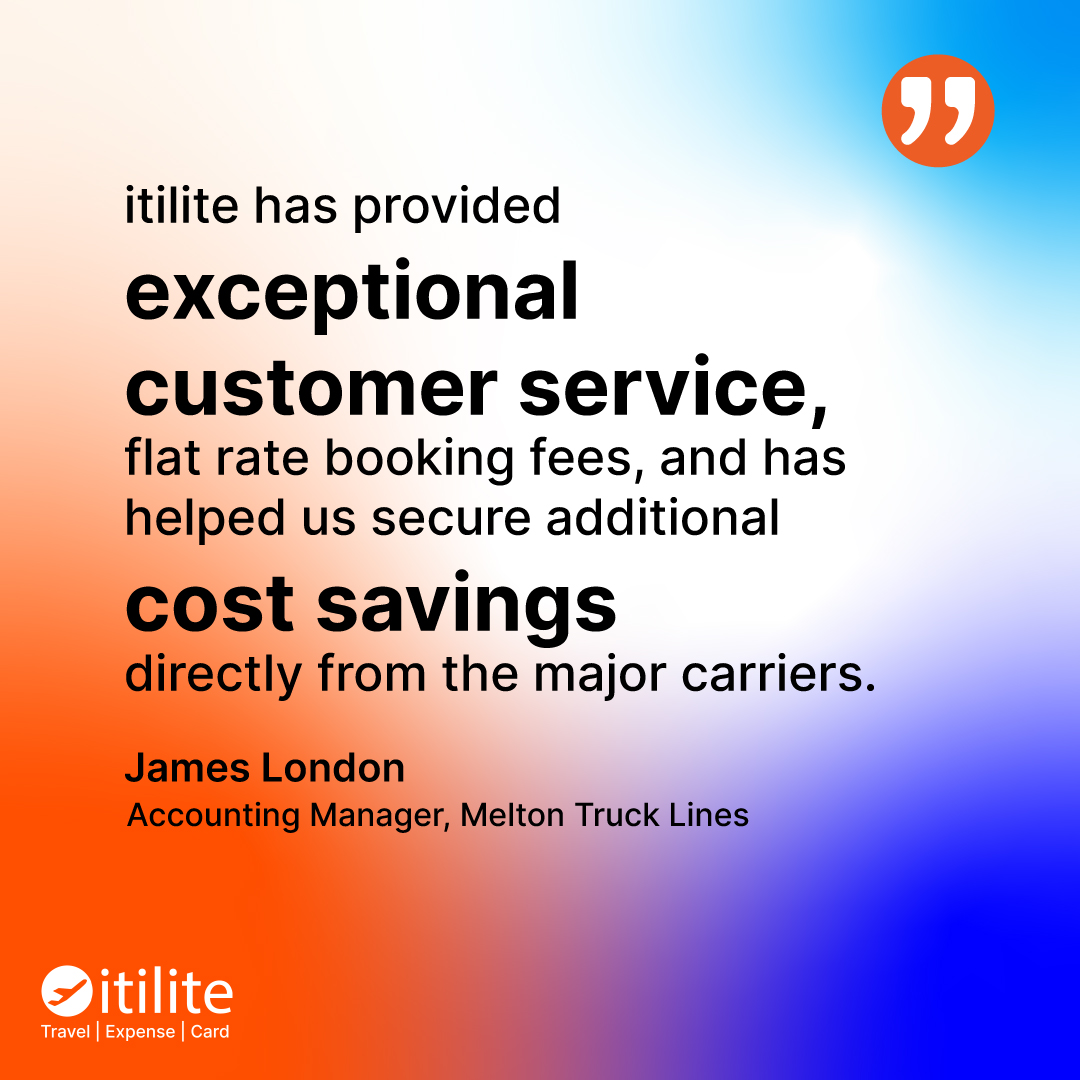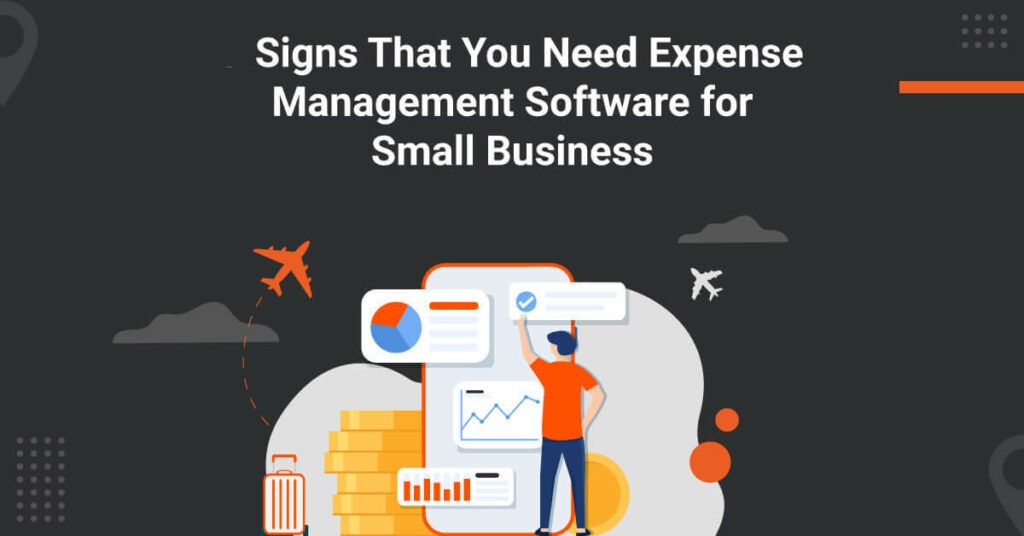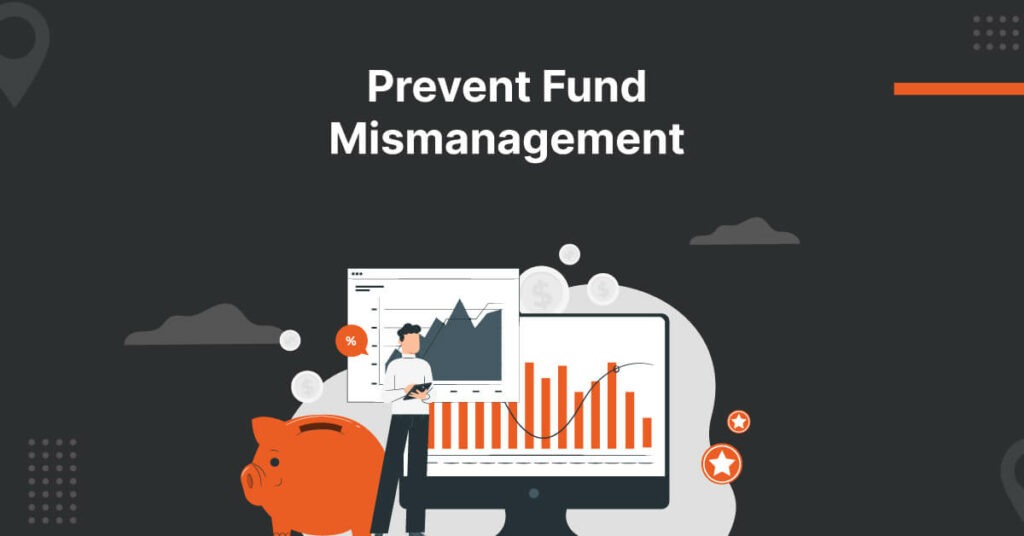
Have you ever experienced the frustration of managing a pile of paper receipts from business expenses? It’s a common annoyance for many employees who regularly incur costs on behalf of their company. Understanding what is an itemized receipt, from lost receipts to unclear documentation, traditional receipts can create headaches and delays in the reimbursement process. However, there’s a solution that can alleviate these frustrations: itemized receipts.
The adoption of digital receipt management systems further enhances the benefits of an itemized receipt vs regular receipt by offering convenient and efficient ways to organize and store expense data.
This article aims to explain what is an itemized receipt and the benefits it offers.
What is Itemized Receipt?
Itemized receipts show every item or service bought and how much each cost. Unlike regular receipts, which just show the total, itemized ones give a list of each thing bought. They are very useful in business and shopping because detailed records are provided, which assist with money management and expense tracking. With these receipts, it becomes easy to see what was bought and how much was spent, keeping things clear and organized for later.
Itemized Receipt vs Regular Receipt
Itemized receipts differ from regular receipts in multiple ways
Level of Detail
Regular receipts provide a simple overview of the total amount spent without giving specifics about what was purchased. On the other hand, itemized receipts offer a more detailed breakdown, showing every item or service bought during the transaction along with its corresponding cost. Regular receipts give a general idea of the transaction. Itemized ones provide a thorough breakdown of each expense, making it easier to understand where the money was spent.
Transparency
An itemized receipt vs regular receipt offers a more comprehensive breakdown of each expense incurred during a transaction. This detailed listing makes it straightforward to verify exactly what expenses were incurred. This transparency is crucial for businesses because it enables them to report their expenses and be accountable for their spending accurately.
Expense Tracking
Regular receipts often don’t provide enough detailed information to track expenses effectively. They may only show the total amount paid without specifying what items or services were purchased. In contrast, if you know what an itemized receipt is, it offers a solution to this problem. It categorizes expenditures by listing each individual item or service bought during a transaction along with its corresponding cost.
Compliance
Some regulatory bodies and tax authorities might need businesses to keep itemized receipts for audits and follow rules. Regular receipts might not have enough details to meet these requirements, so itemized receipts become necessary to follow the law.
Benefits of Itemized Receipts
Budget Management
The use of an itemized receipt vs regular receipt helps manage budget. Itemized receipts help businesses look closely at how they spend money, which helps with managing budgets and planning finances. By understanding what is an itemized receipt, organizations can figure out where they’re spending too much or where they can save money.
Minimization of Fraud
Itemized receipts make it hard for fraud to happen because they list every single expense in detail. This detailed information ensures that any unauthorized spending is easily spotted, keeping the finances in check and accountable.
Improved Decision-Making
Having a clear understanding of where your money is going allows for wiser financial choices. With itemized receipts providing detailed insights into your expenses, you gain the ability to make strategic moves such as reallocating resources to more profitable areas, renegotiating contracts for better terms, or pinpointing opportunities to cut costs and save money.
Suggested Read:
Automated Expense Management System Software for Finance Team
Faster Reimbursements
For reimbursement purposes, employees must often submit an itemized receipt vs regular receipt to provide detailed documentation of their business-related expenses. Submitting itemized receipts makes it easier for employees to get their money back for company expenses.
If you understand what is an itemized receipt, these receipts clearly show what was bought and how much it cost. This helps avoid problems or arguments about the reimbursement. When everything is clear, it’s quicker for the finance team to check and approve the expenses. Having detailed receipts also means fewer mistakes in reimbursement requests.
Mitigation of Disputes
Itemized receipts are important because they help prevent arguments between employees and the finance department. When expenses are clearly listed, it’s easier to understand what was spent and why. If there’s ever a question about a particular expense, both sides can look at the detailed information on the receipt to quickly resolve any issues.
This honesty helps to build trust and ensures that everyone is in agreement. Instead of relying on memory or incomplete records, itemized receipts give solid proof that they can settle disputes fairly and quickly.
By knowing what is itemized receipts, both employees and the finance department can trust that travel and expense reimbursement process are fair and correct, making the workplace a happier and more positive environment.
How to Implement Itemized Receipts?
When it comes to obtaining and managing itemized receipts, there are several best practices that businesses can follow:
Educating Employees: Start by educating employees on why itemized receipts are important. Explain that these receipts help track expenses and ensure compliance. Encourage them to always request itemized receipts for any purchases they make.
Implementing Procedures: Establish clear procedures for collecting itemized receipts. Require employees to obtain and submit itemized receipts for all business expenses. Outline the steps they need to follow to ensure they receive itemized receipts every time they make a purchase on behalf of the company.
Utilizing Digital Tools: Use digital tools and expense management software to streamline the receipt collection process. Many apps and software solutions allow employees to capture and submit receipts digitally, making it easier to track and manage expenses. If you know what itemized receipts are, you can automate the receipt collection process.
Regular Audits and Reviews: Conduct regular audits and reviews of expense reports to ensure compliance. Reviewing expense reports regularly helps catch errors or non-compliance early on. Allow for timely corrections in expense management practices.
Use itilite for Digital Receipts and Easy Expense Reporting
We hope this blog helped you understand what is an itemized receipt. With our corporate travel management platform, employees can easily capture digital receipts on the go, ensuring that all expenses are accurately documented and securely stored.
Our user-friendly interface makes expense reporting a breeze, automating categorization and providing real-time insights into spending patterns.
Simplify your expense management process and boost productivity with itilite today!
















